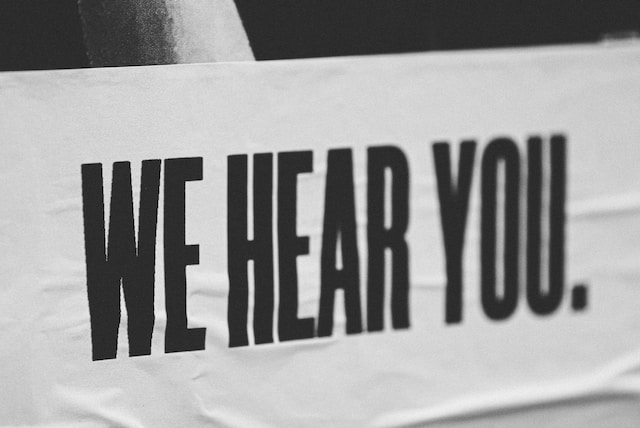
Uncovering the Unmet Needs of Rare Disease Patients through Social Listening
Insights gleaned from social listening offer orphan drug manufacturers vast opportunities to better understand the rare disease space. From driving patient-centricity to mapping the patient journey, identifying unmet needs, and guiding drug development and product positioning, social data insights can fill in the real-world gaps where clinical trials fall short. Insights gleaned through social listening can identify patient needs – as well as caregiver concerns and the knowledge gaps of healthcare providers.
1 in 17 people are living with a Rare Disease
Rare diseases affect only a small portion of the human population. In the European Union, rare diseases are classified as those conditions which affect fewer than 50 per 100,000 people, while in the United States they are classified as conditions that affect fewer than 200,000 people.
But, despite the terminology, the overall prevalence of ‘rare’ diseases is significant. With up to 8,000 different types, it is estimated that at any given time at least 4% of the global population – one in every 17 people – are living with a rare condition. And as technology connects these patients across the globe, it is becoming increasingly clear that these rare diseases really aren’t that ‘rare’. It’s time to listen and learn from patients living with these conditions.
Logistical challenges
Alarmingly, there is no cure for at least 90% of rare diseases. So, what is preventing pharmaceutical companies from innovating within this therapeutic area? For the pharmaceutical industry, developing drugs (‘orphan drugs’) and value-adding support services for patients with rare diseases presents a distinctive challenge. Several industry leaders view orphan drug development and marketing as a risky undertaking because of the logistical difficulties and a perceived lack of commercial benefit.
The key factor underlying most challenges is the lack of data. In R&D, this translates to difficulty recruiting patients for clinical trials; for medical affairs, this can lead to difficulty in building a knowledge base; and, for sales and marketing, there may be difficulty identifying the right target segment and making data-driven decisions. The scarcity of robust, large-scale research in rare diseases can also create hurdles at the reimbursement stage of the drug lifecycle; it is much more challenging to demonstrate the value of an orphan drug than more common therapeutics.
Transforming the rare disease therapy area with social data insights
Advancements in technology and connectivity across the globe make it easier for pharma to overcome the challenges associated with orphan drug development. Real-world data (RWD) analytics, in particular, can help generate insights through technology that were previously unavailable to the industry.
A significant and authentic source of RWD is social media platforms. Patients who are geographically scattered often become ‘clustered’ onto a single social media platform, which in turn serves as a rich data pool. Social listening – the process of collating and analysing conversations on social media – can serve as a valuable tool for drawing out insights from these forums.
To find out more about social listening in rare diseases, connect with Convosphere here.
This interview was recorded via LinkedIn Live, if you prefer to view on LinkedIn, click the button below.
View InterviewSee related content




